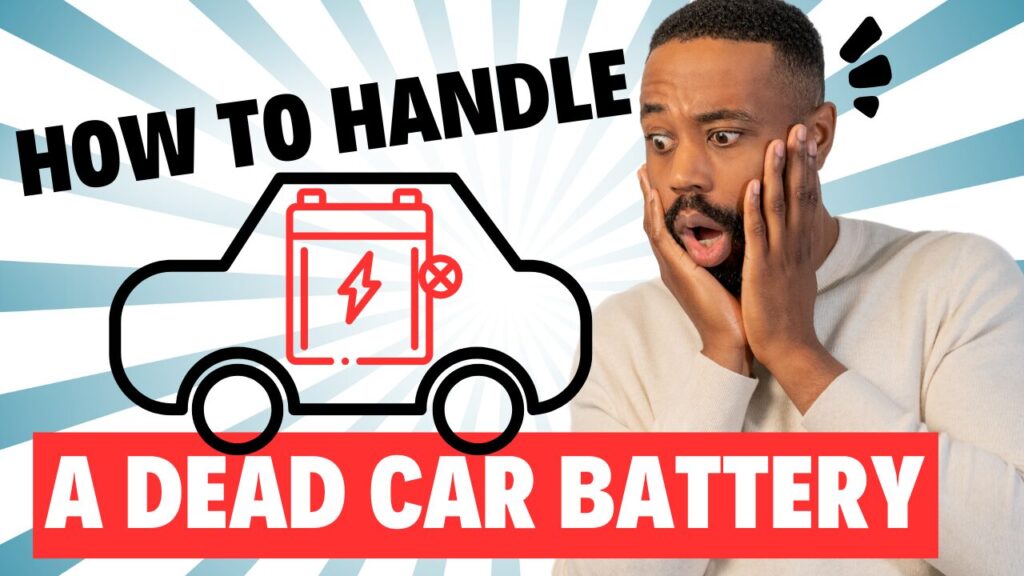
Have you ever faced concerns like these?
“The car battery is dead. What should I do now?”
“Who should I call for help? Can I communicate in English in Japan?”
“I rented a car in Japan, but the battery died!”
When a car battery dies, the vehicle becomes immobile, leaving many people unable to respond calmly. However, dealing with a dead battery is not as difficult as it might seem. In this article, we’ll explain the causes of a dead car battery and provide steps to address the situation.
What is a dead car battery? What are the symptoms?
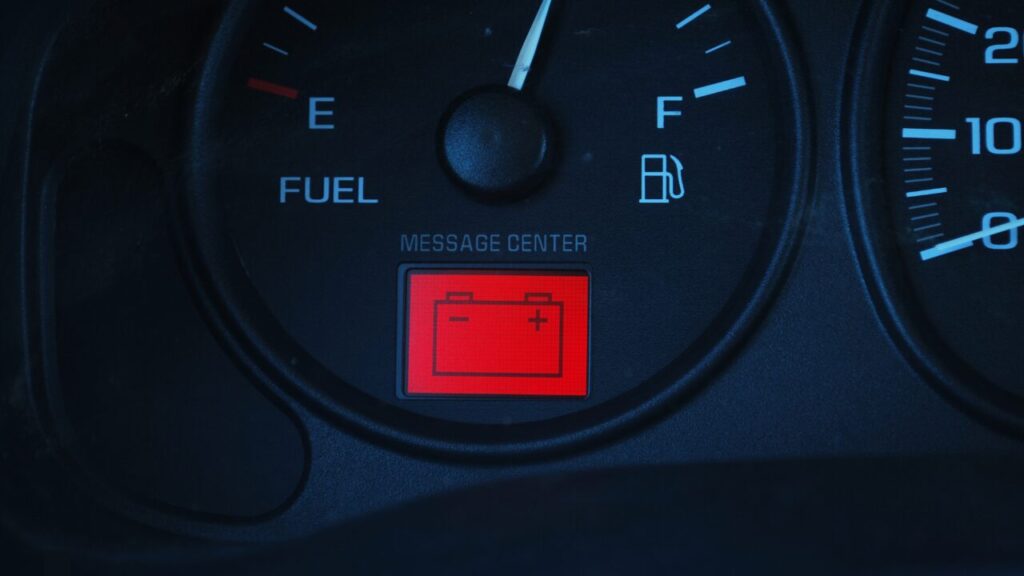
A dead car battery refers to a state where the battery lacks sufficient electrical power to start the engine. The battery’s stored power decreases as electrical components in the car are used. If the stored power is completely depleted, the battery dies. When the battery can no longer supply electricity, even the starter motor will fail to operate. As a result, pressing the engine start button or turning the key won’t start the engine.
Below are common symptoms of a dead car battery:
- The engine struggles to start or doesn’t start at all.
- Electrical systems, such as power windows, fail to operate or respond sluggishly.
- Lights, including headlights, don’t turn on or appear dim.
However, keep in mind that an engine failure might also result from causes other than a dead battery, such as running out of gas or a malfunctioning starter motor. Be sure to check for other possible causes.
Four Methods to Deal with a Dead Car Battery
What should you do when your car battery dies? Here, we’ll introduce methods to resolve the issue, including using specialized mobile batteries or cables yourself and seeking help from professionals.
①Use Another Car to Jumpstart Your Battery
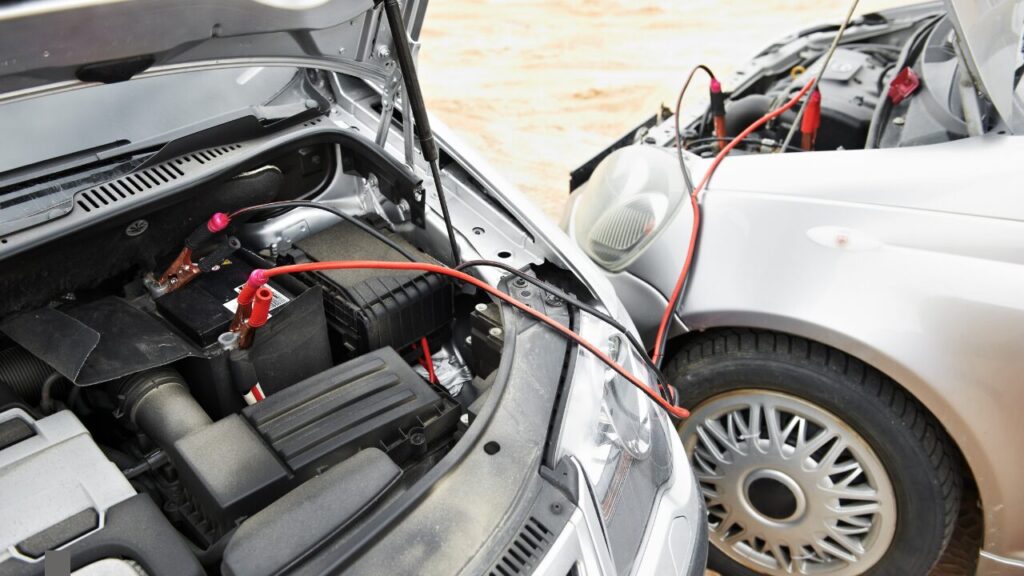
Jumpstarting involves connecting your car to another vehicle (rescue vehicle) using cables to share electricity and start the engine. This method is generally performed as follows:
- Attach the red cable to the positive terminal of the dead battery in your car and connect the other end to the positive terminal of the rescue vehicle’s battery.
- Attach the black cable to the negative terminal of the rescue vehicle’s battery and connect the other end to a metal part (engine or frame) of your car.
Once the engine starts, keep it running for a while to allow the battery to recharge.
②Use a Jump Starter
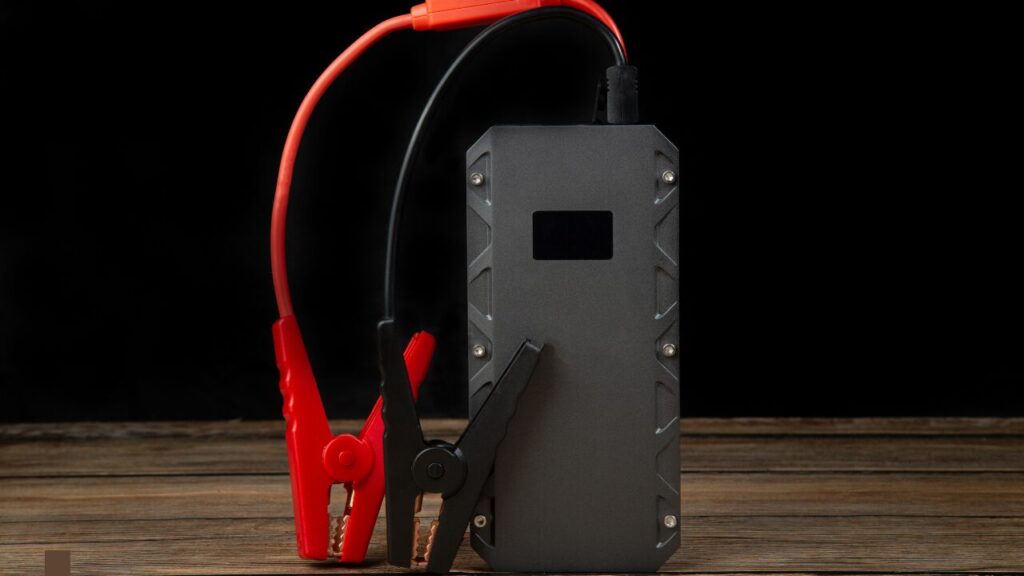
One way to handle a dead battery on your own is to use a “jump starter,” a portable mobile battery. With the included clip cables, connect the red clip to the battery’s positive terminal and the black clip to the negative terminal, then start the engine.
This method is simple and can be done alone, but you’ll need to purchase and charge the jump starter in advance.
ASAHI MOTORS Rent a Car offers jump starter rentals. Please inform us when making your reservation.

③Call Roadside Assistance or a Repair Service

If you cannot recharge the battery yourself or don’t have the necessary tools, you can call roadside assistance for help. The cost of battery assistance depends on the service provider.
JAF (Japan Automobile Federation):
Membership costs ¥4,000 annually. Members can receive free assistance for dead batteries. Non-members will incur fees of ¥21,000–¥25,000 on regular roads and ¥37,000–¥43,000 on highways, plus tolls for the rescue vehicle.
Car Insurance with Roadside Assistance:
Many auto insurance policies include free roadside assistance for dead batteries. However, check your policy for usage conditions and limits beforehand.
ASAHI MOTORS Rent a Car provides free assistance for dead batteries, with 24-hour multilingual support for added peace of mind.

④Replace the Battery
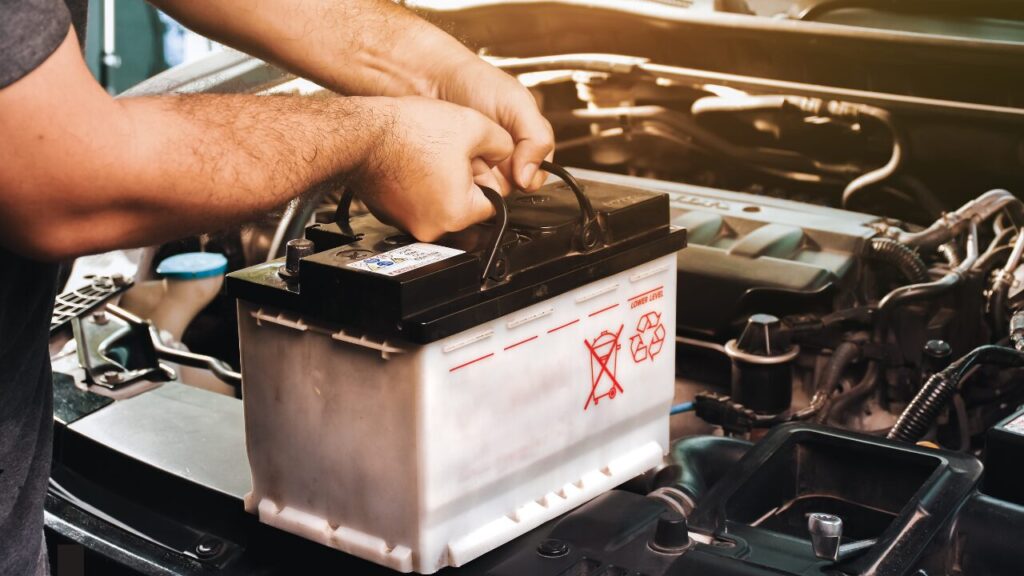
If the dead battery is due to age, it’s best to replace it as soon as possible. The typical lifespan of a car battery is 2–3 years, though some may last longer. However, aging batteries are more likely to fail unexpectedly.
Vehicles with idle stop systems or hybrid cars with auxiliary 12V batteries are no exception. Modern batteries may appear functional until their lifespan is almost over, so avoid using them until the very end to prevent sudden failures.
- Normal voltage: 12.5–12.8V
- During engine start: 13.5–14.5V
Since the most power is needed when starting the engine, if the voltage drops below 12.5V in normal conditions, it’s generally time to replace the battery.
Why Car Batteries Fail in Japan: Key Causes and Solutions
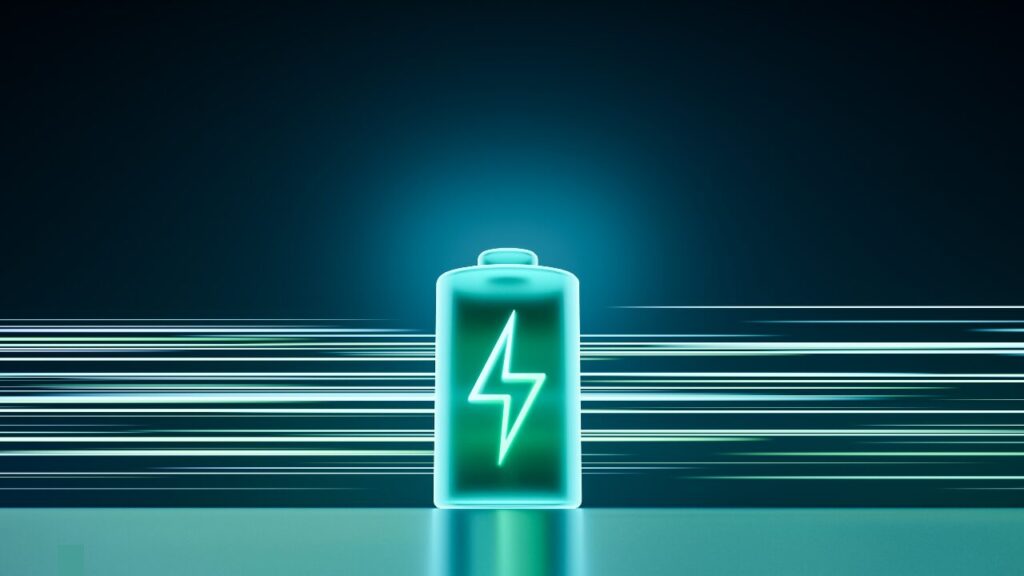
The main causes of a dead battery are discharge and deterioration of the battery itself. However, in some cases, engine failure may be caused by other issues unrelated to the battery.
Generally, cars generate electricity automatically while driving by utilizing the engine’s rotation, which charges the battery. Therefore, the battery typically does not die while the vehicle is in motion. On the other hand, using electrical components while the engine is off (when the car is not generating or charging electricity) reduces the battery’s stored power, which can lead to a dead battery.
Forgotten Lights
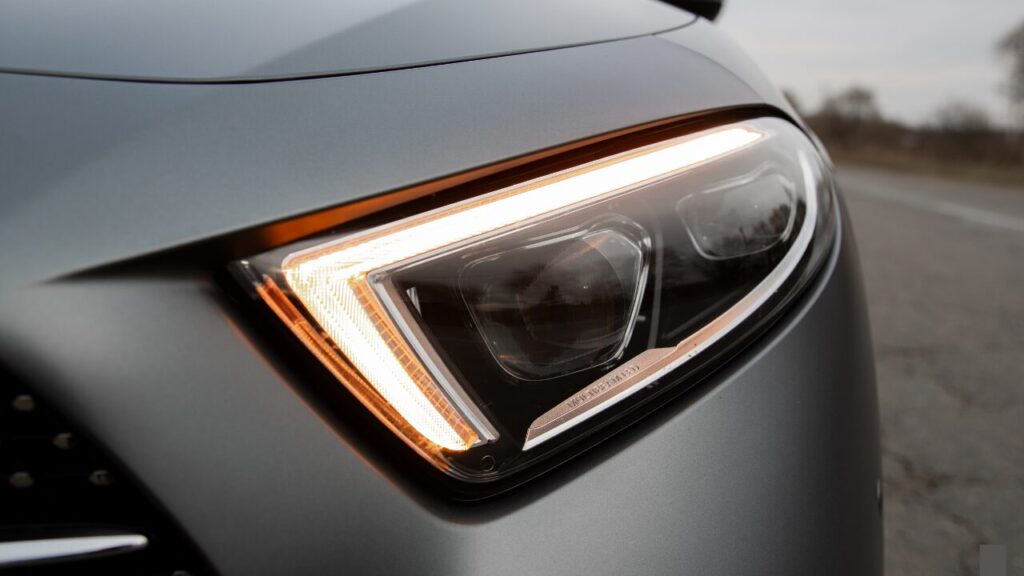
When the engine is off, lights draw power directly from the battery. Leaving them on for an extended period will eventually deplete the battery’s stored electricity.
Partially Closed Doors
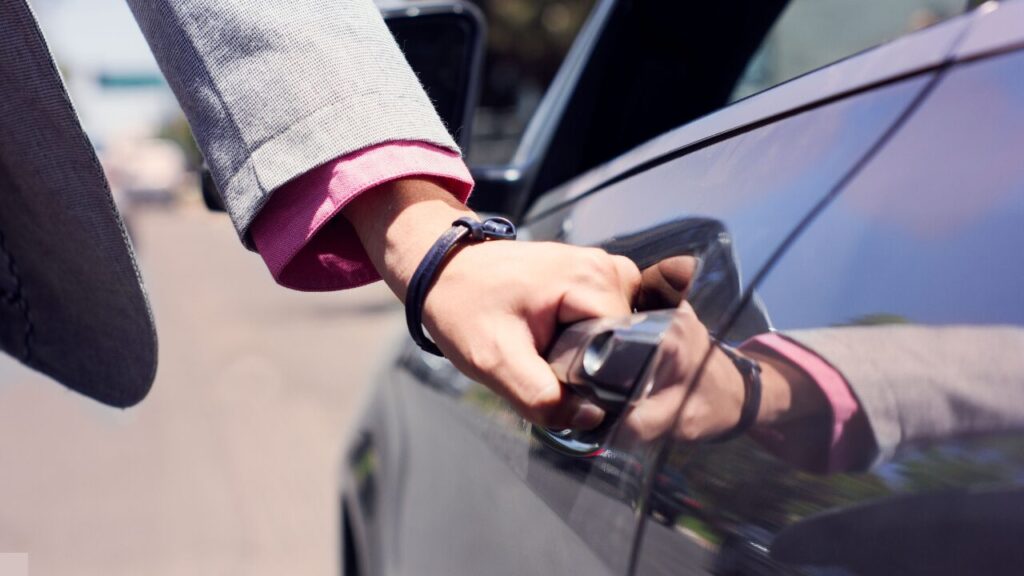
If a door is not fully closed, the interior lights may remain on, causing the battery to drain over time.
Excessive Air Conditioner Use While Stationary
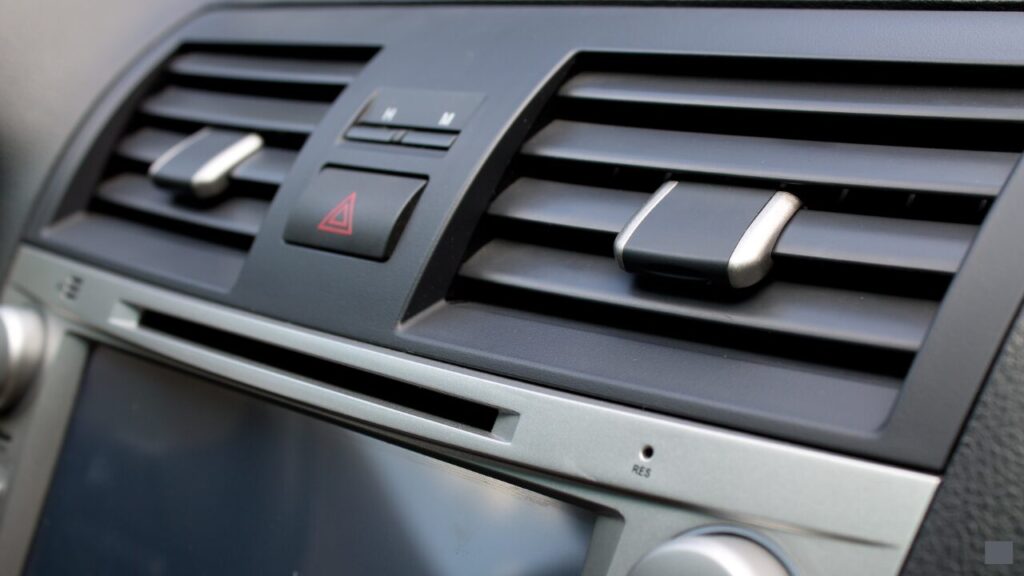
In some car models, the air conditioner can be used even when the engine is off. However, using it for too long in this state may lead to a dead battery.
Infrequent Driving
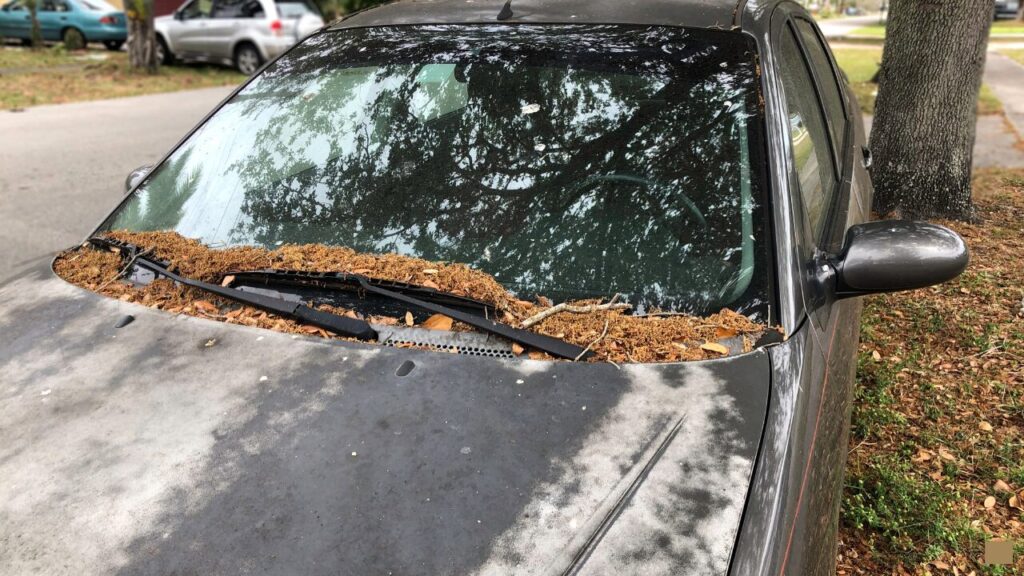
Normally, a car’s battery charges while driving. However, if the car is used very infrequently, the battery may discharge naturally over time, leading to a dead battery.
Car Battery Issues in Cold Weather: Hakuba and Hokkaido

Car battery problems are common in regions of Japan that experience cold, harsh winters, such as Hakuba and Hokkaido. Both areas are renowned for their ski resorts and snowboarding spots, attracting visitors year-round. However, the frigid temperatures in winter can cause car batteries to lose charge quickly or even fail entirely, especially in the early mornings when temperatures drop the most.
If you’re planning to rent a car in these cold-weather destinations, it’s essential to be aware of the potential for battery issues. Cold weather can make it more difficult for batteries to perform at their best, and travelers may find themselves stranded if the battery dies. It’s a good idea to check your rental car’s battery health before heading out, particularly if you’re visiting remote areas in the mountains.
To prevent battery failure, ensure your car is parked in a sheltered spot, and consider using an engine block heater if available. Keeping your car battery in good condition is key to avoiding unnecessary disruptions during your trip to these beautiful snow-covered regions.

Final Note
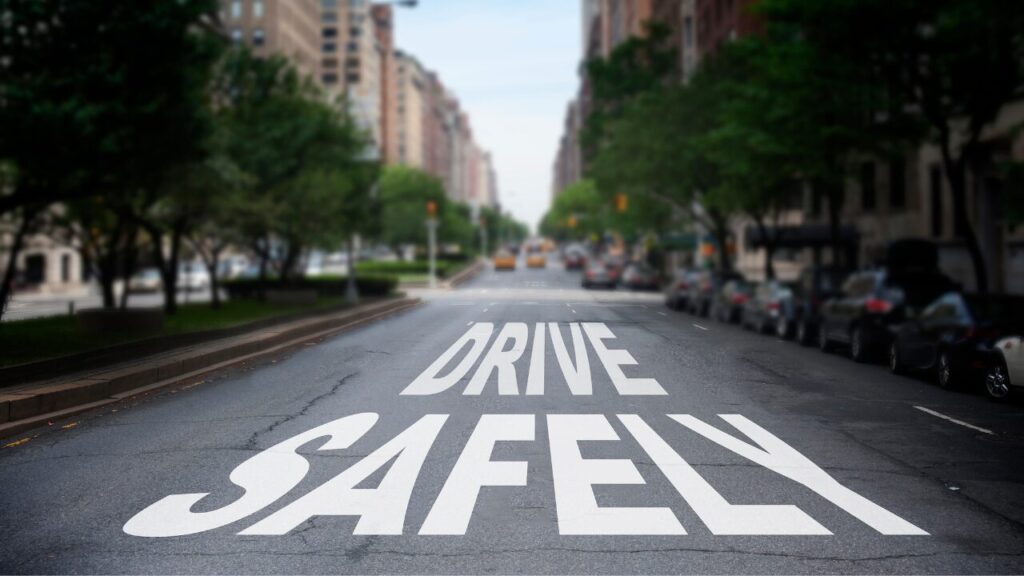
Taking incorrect actions when dealing with a dead battery can result in accidents, further damage, or more significant problems. To avoid this, do not attempt to handle the issue recklessly or repeatedly try to start the engine. Instead, contact your insurance company or car rental service if you’re unsure.
Attempting unfamiliar tasks may pose risks of electric shock or cause damage to other parts of the vehicle. For a safe and pleasant driving experience in Japan, handle battery issues with care and seek assistance when needed!


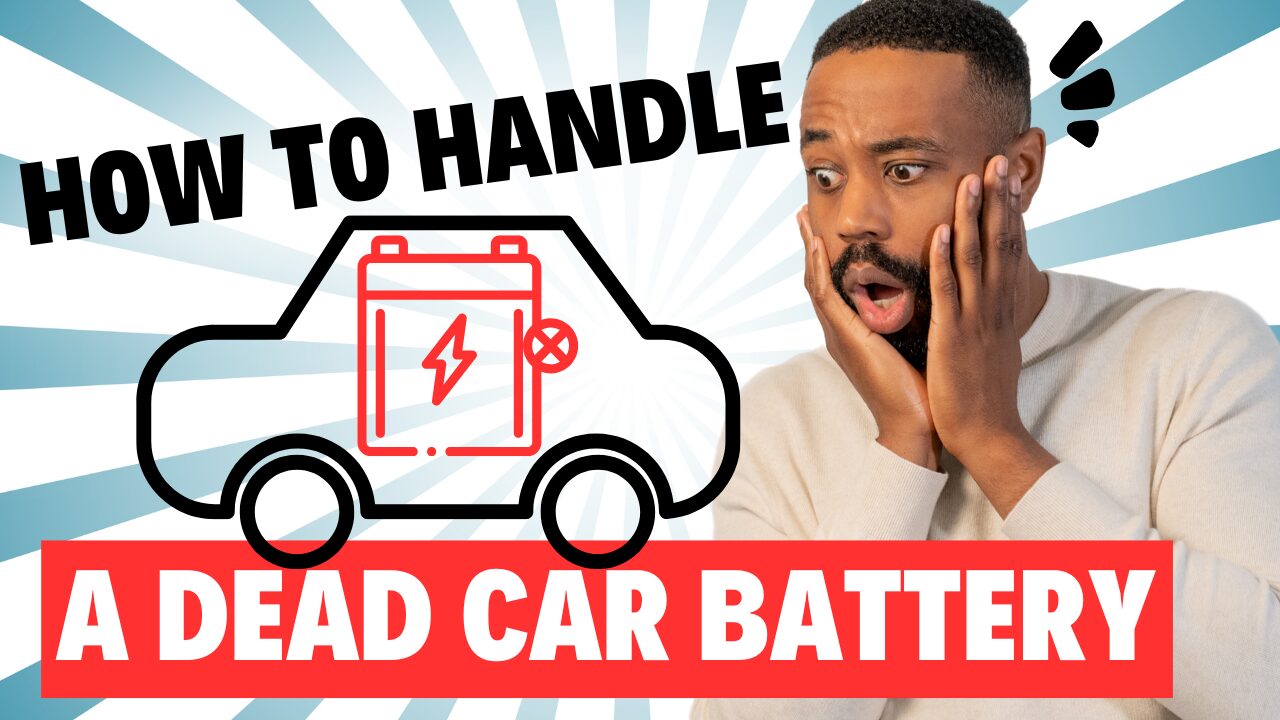


COMMENT